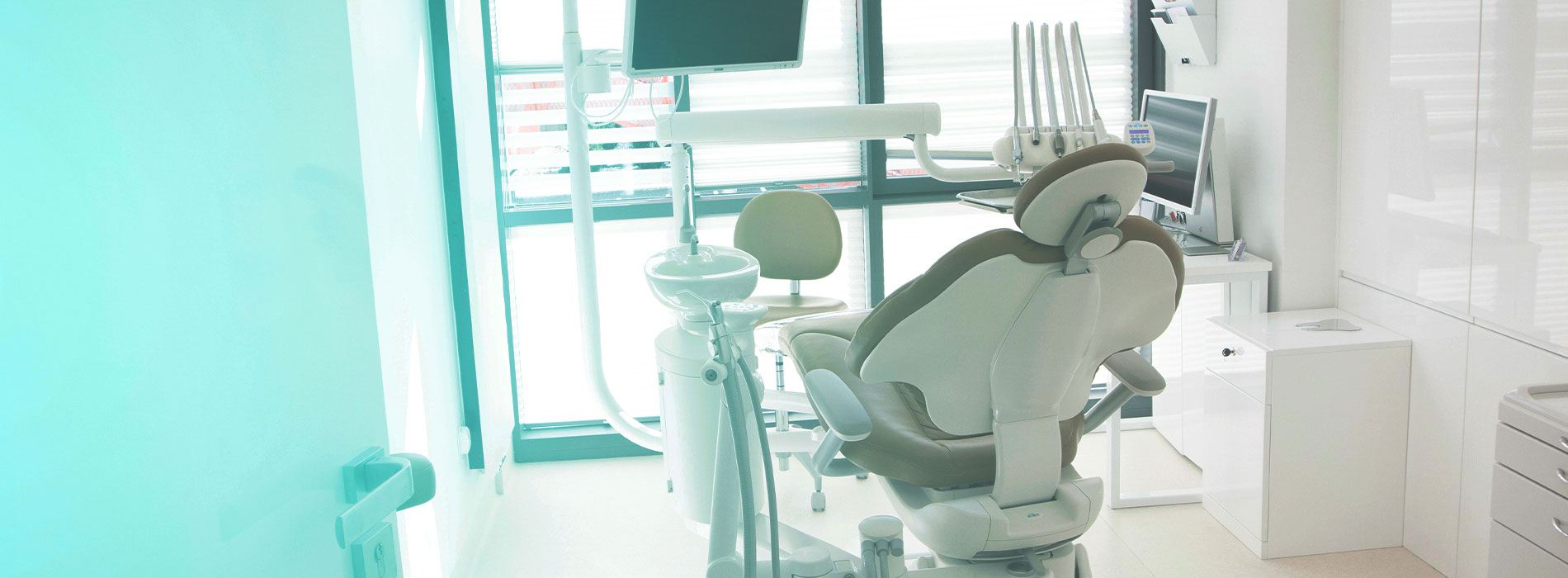New Patients
Existing Patients
New Patients
Existing Patients
New Patients
Existing Patients
New Patients
Existing Patients
New Patients
Existing Patients
New Patients
Existing Patients
New Patients
Existing Patients
New Patients
Existing Patients

Bone grafting is a surgical procedure used to replace or augment lost bone in the jaw or other areas of the body. This procedure is commonly performed in dentistry to facilitate dental implants, restore bone structure after tooth loss, or treat other conditions that result in bone deterioration. Bone grafting can help ensure successful implantation, improve oral health, and enhance aesthetic outcomes.
Autografts involve harvesting bone from another site in the patient's body, such as the hip or jaw. This type of graft is highly effective because it uses the patient’s own tissue, reducing the risk of rejection and infection. Autografts provide the best biological response due to their natural compatibility.
Allografts utilize bone harvested from a deceased donor, which is processed and sterilized to ensure safety. This type of graft eliminates the need for a second surgical site, making it a convenient option for patients. Allografts are commonly used in dental procedures and have a long history of successful outcomes.
Xenografts are derived from animal sources, typically bovine (cow) bone. They undergo thorough processing to ensure safety and compatibility. Xenografts provide a scaffold for new bone growth and are often used in cases where there is a significant amount of bone loss.
Synthetic grafts are made from biocompatible materials that mimic natural bone structure. These grafts can be customized to suit the specific needs of the patient and are often used in conjunction with other graft types. They promote bone growth and regeneration while minimizing the risk of complications.
Bone graft substitutes are materials used to promote bone healing and regeneration without the need for harvesting natural bone. These substitutes can be used alone or in combination with other grafts. Common types of bone graft substitutes include:
Calcium phosphate materials are biocompatible and provide a structure for new bone formation. They are often used in dental and orthopedic procedures due to their ability to promote healing and support bone growth.
Bioactive glass is a synthetic material that interacts with biological tissue to promote bone regeneration. It is designed to bond with surrounding bone and stimulate healing processes, making it an effective substitute for traditional grafting methods.
DBM is processed human bone that has had its mineral content removed, leaving behind the organic matrix. This matrix contains growth factors that promote bone healing and regeneration, making it a valuable option for various surgical applications.
Bone grafting is a vital procedure for restoring lost bone and ensuring successful dental and orthopedic treatments. With various graft types and substitutes available, patients can benefit from tailored solutions that best fit their individual needs. If you have questions about bone grafting or if you’re considering this procedure, our experienced team is here to help. Contact us today to schedule a consultation and learn more about how bone grafting can enhance your oral health.


Orofacial & Dental Implant Surgery proudly serves the following Central Florida locations: Orlando, Kissimmee, Winter Garden, Four Corners, Waterford Lakes, East Orlando, South Orlando, Winter Park, Apopka, Ocoee, Oviedo, Clermont, Hunter's Creek, Horizon West, Dr. Phillips, UCF, Oviedo, Davenport, Celebration, Hamlin FL